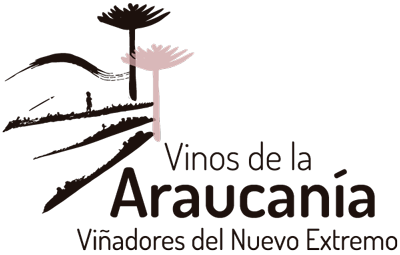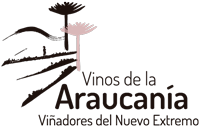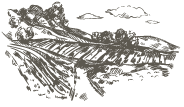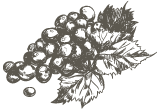The story of wine in La Araucanía starts with the arrival of European immigrants in the late 1800s, mainly from France, Switzerland, Austria, and Italy, making it different from the vineyards founded in the 16th century during the period of Spanish conquest.
These lands of incredible alpine beauty were for millennia home to indigenous peoples. While the region’s cooler, damper climate were not as hospitable to vines as areas to the north, the particular wine culture and traditions these immigrants arrived with allowed them modest success producing wines to satisfy their own needs. Over the years, the ever-challenging climate and difficult economic factors undermined this incipient development. However, in the last three decades vineyards have been reborn, opening a new path for viticulture in southern Chile.
The renaissance started in 1995, when farmer Alberto Levy Widmer and his son-in-law, the enologist Felipe de Solminihac, planted Chardonnay in Traiguén. This visionary commitment resulted in one of the great white wines in Chile, which encouraged the restoration of older vineyards and the creation of new projects in the region.
La Araucanía Association of Winemakers was created in 2018. It includes descendants of first immigrants, new winemakers, and Mapuche families who began to recover old vines, plant new ones, and produce wines with great regional identity, giving life to what is now seen as a new pole of Latin American wine development, with emerging regions such as the Malleco Valley – which was recognized in 2002 as the southernmost Denomination of Origin in Chile – and the Cautín Valley.
